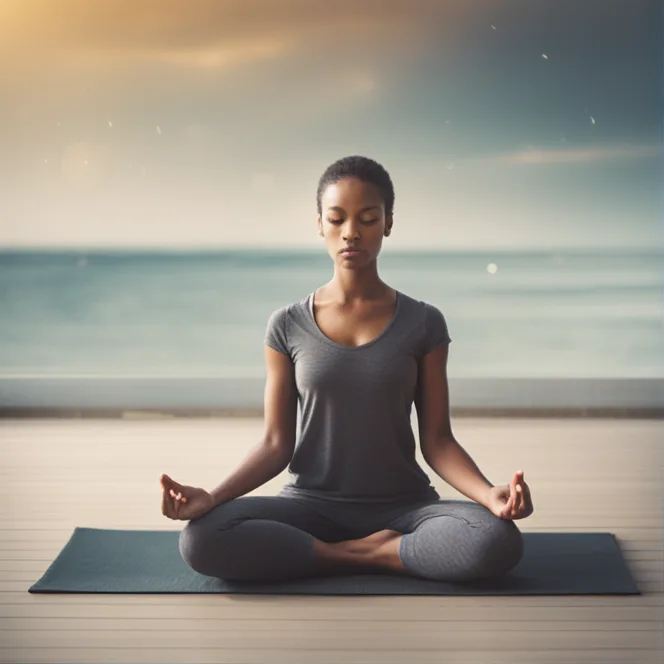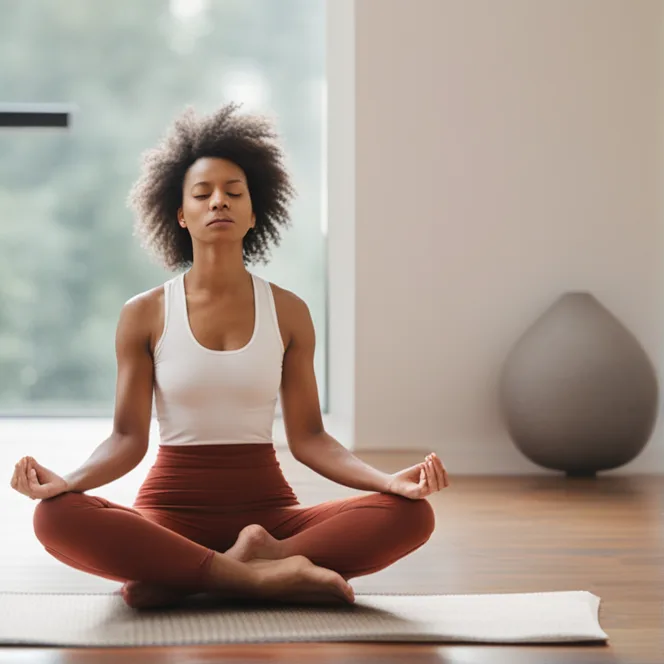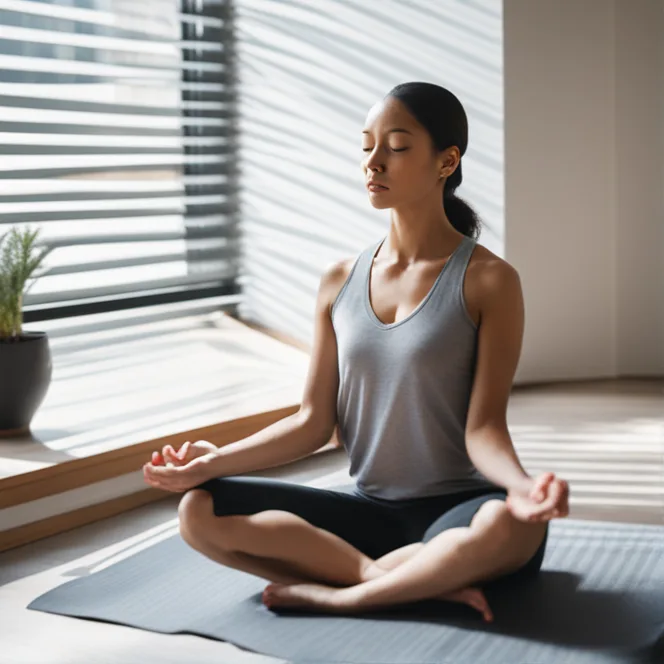
Meditation Techniques To Ease Anxiety
Explore effective meditation practices to alleviate anxiety, fostering a tranquil mind and improved well-being.
article by Hina Kurosawa
Understanding Anxiety
Meditation offers a refuge for those grappling with the tumultuous waves of anxiety. Often misunderstood, anxiety is more than just feeling stressed or worried. It is a pervasive condition that can significantly impair one's quality of life. However, within the realm of complementary therapies, meditation has emerged as a potent tool for managing anxiety. It equips individuals with the skills to observe their thoughts without judgment and to cultivate a sense of inner peace. By learning to focus and redirect our thoughts through meditation, we can find calm amidst the chaos of anxiety.

The Power of Breathwork
One of the simplest yet most profound meditation techniques for anxiety is breathwork. This practice involves concentrating on the inhalation and exhalation, regulating the breath to invoke relaxation. Deep, deliberate breathing can mitigate the fight-or-flight response, anchoring you in the present moment and reducing the physiological symptoms of anxiety. A regular routine of breath-focused meditation has been shown to lower stress, balance emotions, and improve mental clarity, making it a cornerstone exercise for those seeking solace from anxiety's grip.

Mindfulness Meditation
Mindfulness meditation is another powerful practice for anxiety relief. It encourages an attentive awareness of the present moment, acknowledging thoughts and feelings without attaching or reacting to them. By cultivating mindfulness, individuals learn to break the cycle of anxious rumination and gain insight into mental patterns that may exacerbate their condition. Consistent practice not only fosters a mindful approach to life's stressors but also strengthens emotional resilience, often leading to a more composed and less reactive mindset.

Guided Visualization
Guided visualization, or imagery, is a meditative journey that directs the mind towards serene and comforting scenes or experiences. This form of meditation for anxiety involves being guided, either by a recording or instructor, to imagine a peaceful place where you feel safe and relaxed. The vivid engagement of the senses in this mental oasis can divert the mind from anxious thoughts, providing an emotional respite. Regular practice helps create a mental sanctuary that can be accessed whenever anxiety looms, reinforcing one's ability to cope with stress.

Body Scan Meditation
Body scan meditation is a technique that promotes body awareness and relaxation. By methodically focusing on different parts of the body, individuals can identify and release tension held within. This process can be particularly enlightening for those who experience anxiety as it often manifests physically. A body scan can reveal hidden pockets of stress, offering an opportunity for release. It underscores the mind-body connection and teaches practitioners to attend to their physiological state with the same care as their mental well-being.
Yoga and Movement
Meditative movement, such as yoga, combines physical postures with deep breathing and mindfulness to reduce anxiety. This holistic practice engages the body to assist the mind in achieving tranquility. The harmonization of movement and breath serves to calm the nervous system, enhance mood, and foster a rejuvenated sense of energy. Yoga, in particular, offers a diverse range of styles and intensities, ensuring that individuals of all abilities can find a practice that aligns with their needs and complements their journey toward inner peace.
Published: 12/11/2023
Modified: 12/11/2023
More predictions
Come back here soon to learn more about yourself and your future



